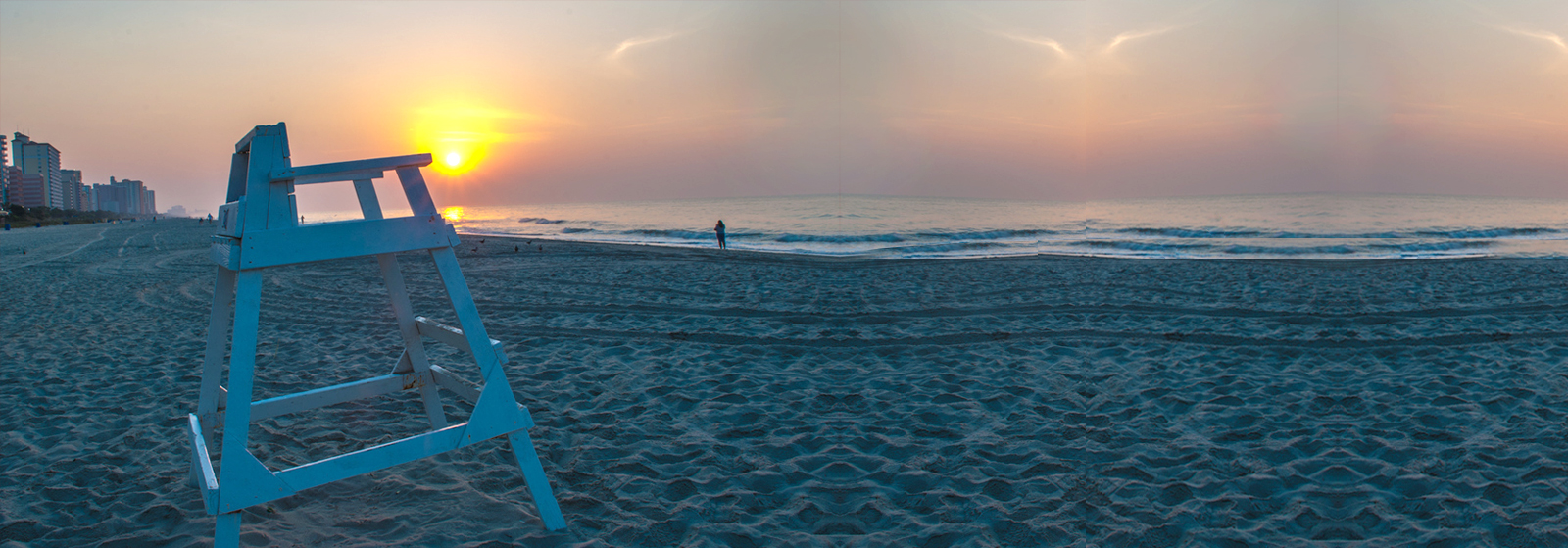

September 22, 2021 Lifeguard Trainer
Since lifeguards hold multiple obligations, they must undergo severe lifeguard training to equip them for their forthcoming responsibilities. It is especially advantageous to train in swimming, emergency treatment, and CPR to prepare for rescue training. This is why most lifeguard companies attribute high importance to the vitality of a lifeguard applicant, as it is one of the most crucial lifeguard skills.
Also, rescuer applicants gain various abilities as part of their lifeguard instructor training. These skills involve rescue techniques, high-level or fundamental first-aid measures, CPR schemes, and other purposes related to their lifeguard environments.
Mentioned hereunder are some crucial things to expect from your lifeguard training.
1. Training and prerequisites
Being a lifeguard is both physically and psychologically demanding. Previously, coastguard certifications were valid for two years; however, every guard now needs to renew their certification yearly before it expires.
Each trainee must also complete swim pilot testing to demonstrate that they are sufficiently prepared for the upcoming training and job demands. You will need to be ready to:
2. Rescuing capabilities
There are no two rescues that are alike. When an urgent situation arises, you need to consider dozens of factors to ascertain the most robust way to perform a recovery. Lifeguards-in-training understands these various factors and techniques for performing an emergency water evacuation under strict monitoring.
3. Use of CPR, breathable air, and AED
Lifeguards are constantly attempting to prevent tragedies at the pool by assessing risks and guiding patrons. We hope it never has to occur, but here’s the actuality of the job: A lifeguard may have to intervene to save someone’s life.
When a person’s heart stops working, a coastguard performing CPR or respiratory support might be able to guard a person’s life. Also, when these initiatives get combined with an automated external defibrillator (AED) and oxygen, the chances of a successful outcome skyrocket.
4. Bloodborne microbes, first aid, and protective equipment
Today’s world necessitates a higher level of natural protection, but for a trained lifeguard, it’s just another day at work. Every coast guard- must be trained in the ways of applying life-saving techniques along with using personal protective equipment. Every lifeguard must know how to use various types of PPE and when to use them.
Since lifeguards are frequently the first point of contact for emergencies in aquatic environments, they must remain prepared and equipped to respond appropriately. Moreover, a lifeguard must get educated in the extensive rescue team or just primary first aid, depending on the circumstances.
If you are looking for professional lifeguard instructor training in Australia, Water Coast Water Safety can be your ideal choice. Professionally developed lifeguard courses present various lifeguard and first-aid tips to increase awareness about water safety and get a realistic view of oceans and pools.
Contact us at 0418 909 935 for any safety and first aid service.